Gas on the water
Bizarrely, natural gas is now worth more at sea as LNG than in underground storage. EU LNG chart deck: 14-18 Aug 2023
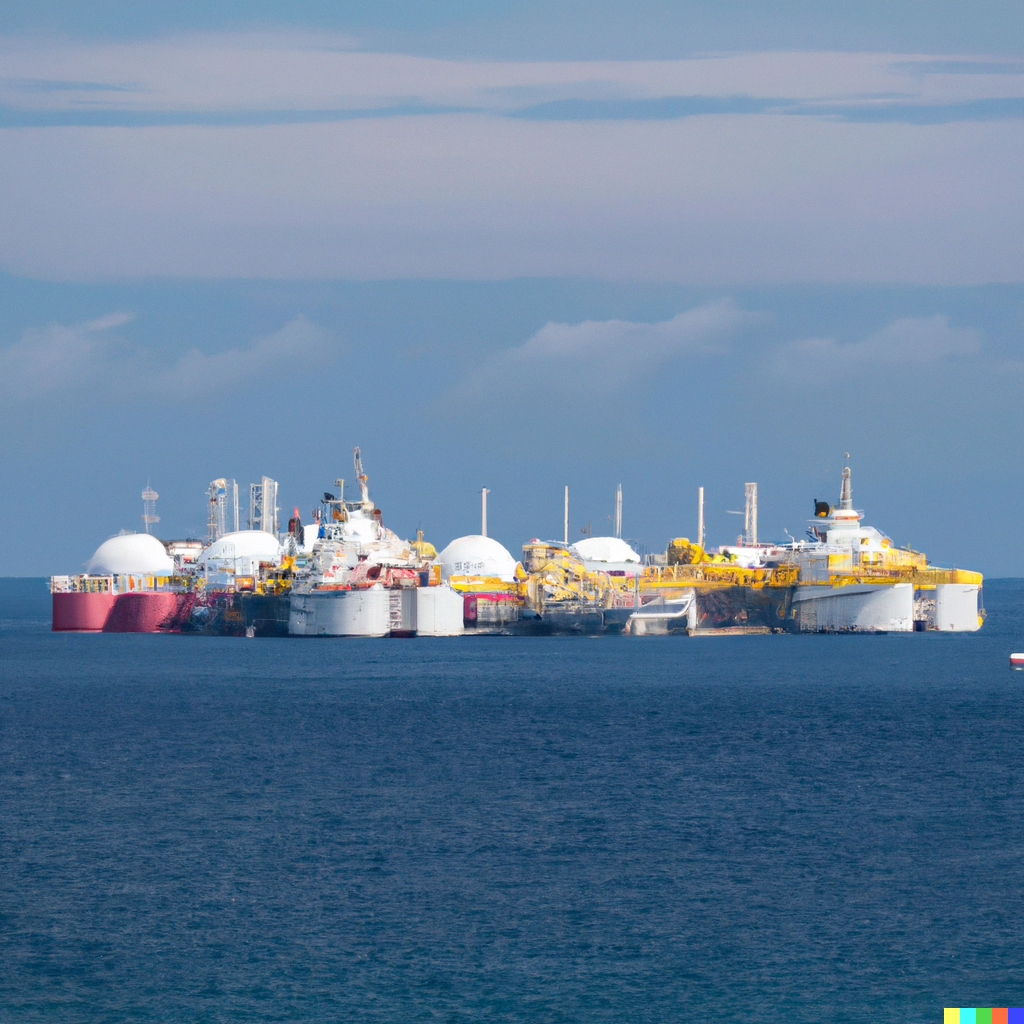
Bizarrely, natural gas is now worth more at sea as LNG than in underground storage. EU LNG chart deck: 14-18 Aug 2023

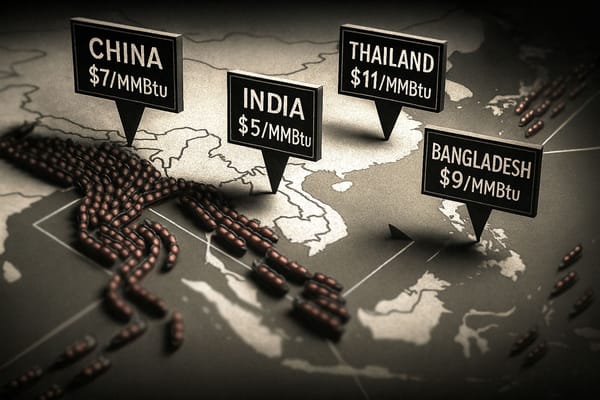
DEEP DIVE: How low must LNG prices go to unlock Asian demand?
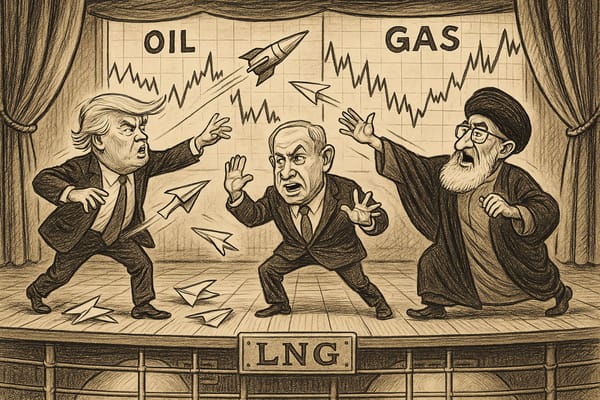
TTF bull trap turns investment funds into bag holders | EU LNG Chart Deck: 26 June 2025
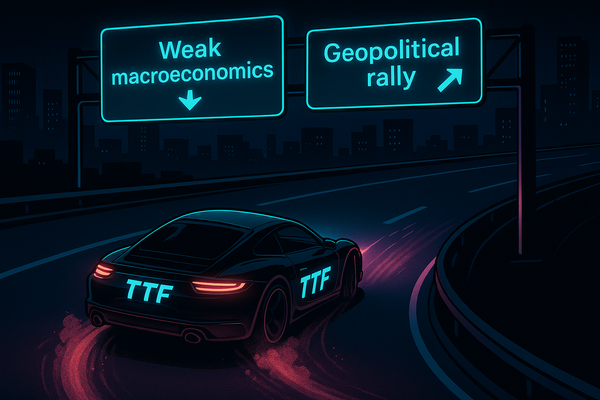
TTF turns on a dime, but is risk being priced properly? | EU LNG Chart Deck: 20 June 2025
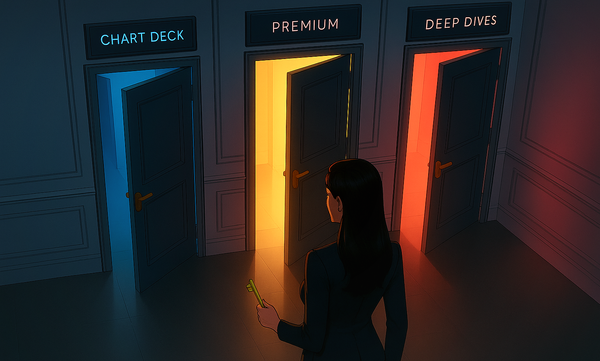
More choice. Same sharp insight. Now with a free trial.